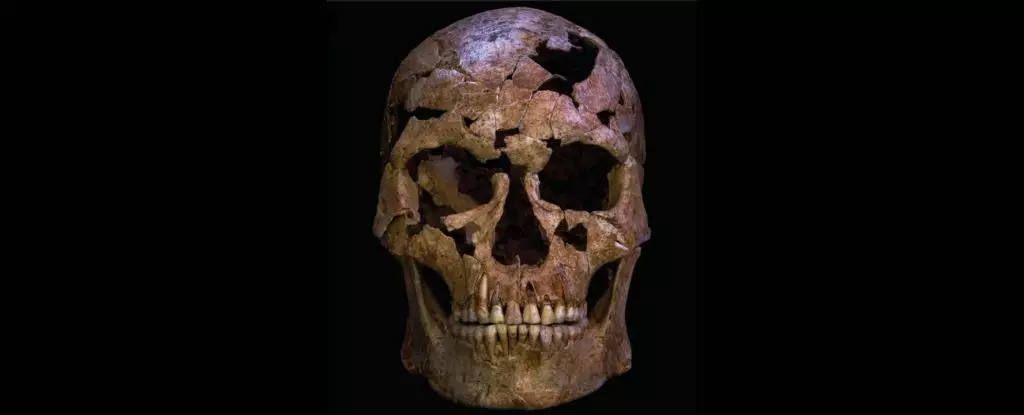The discovery of ancient bones in a Vietnamese cave challenges us to confront a troubling reality: violence has marred human history from its very inception. This isn’t merely a story from prehistoric times; it is a stark reminder that conflict and aggression are intrinsic parts of our species’ narrative. When archaeologists unearthed the skeleton of a man believed to be around 12,000 years old, the implications went beyond mere curiosity. They forced us to confront the uncomfortable truth—our ancestors, even in their infancy, engaged in acts of lethal violence. Such revelations echo the ongoing debate about human nature itself: are we inherently peaceful beings corrupted by society, or are violence and competition woven into the very fabric of human evolution?
Examining the Evidence: A Breakthrough in Understanding Interpersonal Violence
What makes this discovery particularly compelling is the detailed evidence pointing toward murder. The man’s skull was found crushed—damage that occurred after his death, yet his remains tell a story of trauma and deliberate harm. The presence of a quartz projectile embedded in his neck indicates an act of aggression, possibly lethal. Notably, this projectile wasn’t sourced nearby, suggesting either long-distance trade or interaction with different groups—an early sign that prehistoric societies were more interconnected than previously assumed. The fracture and subsequent infection of the cervical rib further confirm that he was assaulted and survived initial injuries only to succumb later due to infection. This paints a vivid picture: a violent attack, eerily similar to modern homicides, showcasing that violence wasn’t exclusive to complex civilizations but existed in early hunter-gatherer societies.
Challenging Romanticized Notions of Early Human Life
For centuries, the narrative around early humans has often been romanticized: brave explorers surviving harsh elements, forming tight-knit bands, and gradually developing complex societies. Yet, evidence like this undermines any idealized notions of peaceful primitive life. It begs the question: in a time when survival was brutal enough, did humans also turn on each other? The presence of trauma indicating homicide challenges the overly simplistic view of early life as harmonious and cooperative. Instead, it spotlights a brutal reality—conflict, territorial disputes, or personal vendettas may have been as old as tool use itself, shaping social dynamics at their most primal level.
Implications for Our Understanding of Human Nature
This discovery raises profound questions about the roots of violence and the moral instincts that guide us. If humans were capable of murder 12,000 years ago, does this mean violence is hardwired into our DNA? Or does it stem from the socio-economic conditions of early societies? Perhaps it is a complex interplay of both. Center-wing liberal perspectives might argue that initiating this violence was driven by survival instincts, environmental pressures, or social tensions—factors that are still relevant today. Recognizing that murder existed in the earliest chapters of human history underscores the importance of societal frameworks that promote peaceful conflict resolution. It suggests that the capacity for violence is a part of our biological heritage, but that our morality, cooperation, and societal norms are what enable us to transcend those impulses—or sometimes fail to do so.
The Power of Context and Modern Reflection
Imagine the implications if similar violence were to be uncovered in more recent contexts—say, in modern conflict zones or within our own communities. These ancient bones serve as a mirror, reflecting how deeply rooted violent tendencies are and how they continue to shape human societies. They also serve as a sobering reminder that our species’ progress isn’t solely about technological or societal advancements but also about our ability to learn from our darker impulses. The fact that such violence existed long before recorded history challenges us to look critically at our current approaches to conflict, justice, and reconciliation. It forces us to consider whether we’re genuinely breaking new ground or simply repeating patterns ingrained deep within our collective DNA.
This discovery does not paint humanity solely as violent or inherently evil; rather, it highlights the nuanced duality of our nature. We possess the capacity for both destruction and creation, violence and compassion. Recognizing our origins in brutality does not condemn us but emphasizes the importance of cultivating the better angels of our nature through societal structures, education, and legal accountability. Only by understanding the roots of our dark past can we hope to build a more just and peaceful future.


Leave a Reply